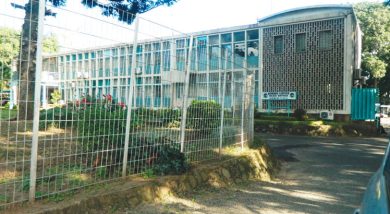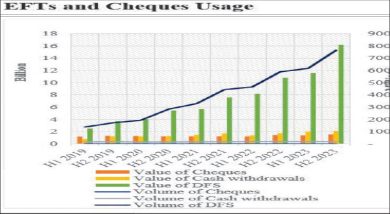Malawi will not abandon Green Belt Initiative’

Malawi’s Minister of Water Development and Irrigation Brown Mpinganjira says government will not abandon the Green Belt Initiative because it forms a core of the countrys development agenda.
In an exclusive interview in the capital, Lilongwe on Wednesday, Mpinganjira said the initiative was taking sometime to get off the ground because of lack of resources.
He said currently there is a great chance that the project might begin within a couple of weeks or months because there are investors who have shown keen interest in the project.
“The President has been able to interest several investors and donors both from the East and the West and all indications are that they will be here soon to help us move forward,” said Mpinganjira.
The Green Belt Initiative concept is strengthened by painful memories of the severe drought beginning early 2002 which triggered three years of hunger.
By 2005, five million people were affected by famine, all the while large quantities of water flowed out of the country to the Indian Ocean.
Mpinganjira said the two districts of Chikhwawa and Nsanje could feed the entire country all year round if the Shire River, which cuts through the length of the southern plain, was utilised for intensive irrigation farming.
“There was a survey that was done by colonialists in the 1950s which showed that the two districts of Chikhwawa and Nsanje could feed the entire country if the water in Shire River was properly utilised. Even if some people might argue that the survey was done a long time ago the truth of the matter is that we have not fully utilised our water resources,” he said.
The programme seeks to make Malawi independent of rain-fed agriculture. For all the much-publicised success of subsidies for small-scale farmers over the past four years, good rains have also helped the increased production of agricultural produce.
The plan is to protect the gains in food security, reduce vulnerability to drought and further boost production by irrigating a million hectares of land in a swathe lying within 20 kilometres of the country’s five lakes and 13 perennial rivers.
Irrigation agriculture is presently practised on just a third of the one million hectares of land earmarked for the green belt programme.
The plan will also attempt to diversify crops, targeting increased production of wheat, rice, millet, cotton, lentils and beans for export.
Apart from identifying new sites for irrigation, development of the belt will also include restoring infrastructure that has fallen into disuse.
Government is currently processing bids from construction companies to establish, rehabilitate and manage 12 irrigation





